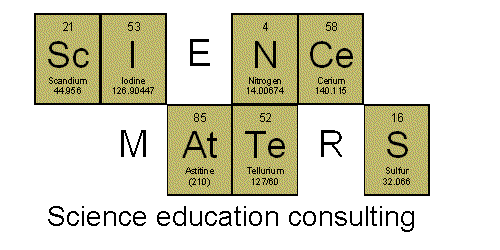Activity #1 - How Much Water is in Snow?
If you're finding yourself with an abundance of snow.... perhaps you'll want to perform some investigations.
The amount of water snow contains can very greatly, depending upon the snow.
Gather a set amount of snow... I collected approximately 500 ml of snow.
Allow the snow to melt - if you'll be allowing it to sit for an extended time, you may wish to cover it to minimize the amount lost to evaporation.
My 500 ml of snow yielded slightly less than 50 ml of water. This was a very dry, powdery snow.
If you live in a place that gets snow throughout the winter, you might want to repeat this activity with each snowfall and see how they vary in water content.
Activity #2 - Learn About Snowflake Bentley
Wilson Bentley was the first man to photograph individual snowflakes, in 1885. He's the person who determined that no two snowflakes are exactly the same. A fascinating man, indeed.
Start your research at the Official Website of Wilson A. Bentley. You'll find a brief biography there, and some wonderful, printable images of his photographs. I printed
out the collection and laminated them for my students to look at and admire.
 For a more thorough biography, and one to share with your students, check out Snowflake Bentley
For a more thorough biography, and one to share with your students, check out Snowflake Bentley
For your own knowledge, you may want to read The Snowflake Man: A Biography of Wilson A. Bentley
Two other books that look interesting are Snowflakes in Photographs
Activity #3 - Make Sparkly Snowflakes
This is a fun, artsy-craftsy project in which students can learn about solubility, super-saturated solutions and crystal shapes.
Make a super-saturated solution of Borax and water:
--Fill a jar with hot water (boiling is best).
--Add Borax, a little at a time, until no more will dissolve (you'll know you're there because instead of dissolving the Borax will settle to the bottom)
Use pipe cleaners and thread to make a snowflake.
Attach a piece of thread to the snowflake.
Place the snowflake in the Borax solution and leave for several hours or overnight.
In the morning, you'll have a beautiful, sparkling snowflake, covered with large crystals.
If you'd rather not make snowflake shapes, you can shape the pipe cleaner into stars or other shapes. You could also just place a straight pipe cleaner into the solution.
The pipe cleaner works well because all the fuzz on it gives the crystals nice places to attach, and thus works much better than just a string. (Which may explain why all my attempts at making rock candy as a kid were met with utter failure (and a sticky mess)).
Safety Note: The Borax and the finished snowflake should come nowhere near the mouth.
Activity #4 - Learn About the Coldest Places on Earth!
Check out the National Snow & Ice Data Center, where you can learn more about some of the coldest places on Earth! There are lots of neat pictures in the photo galleries




















